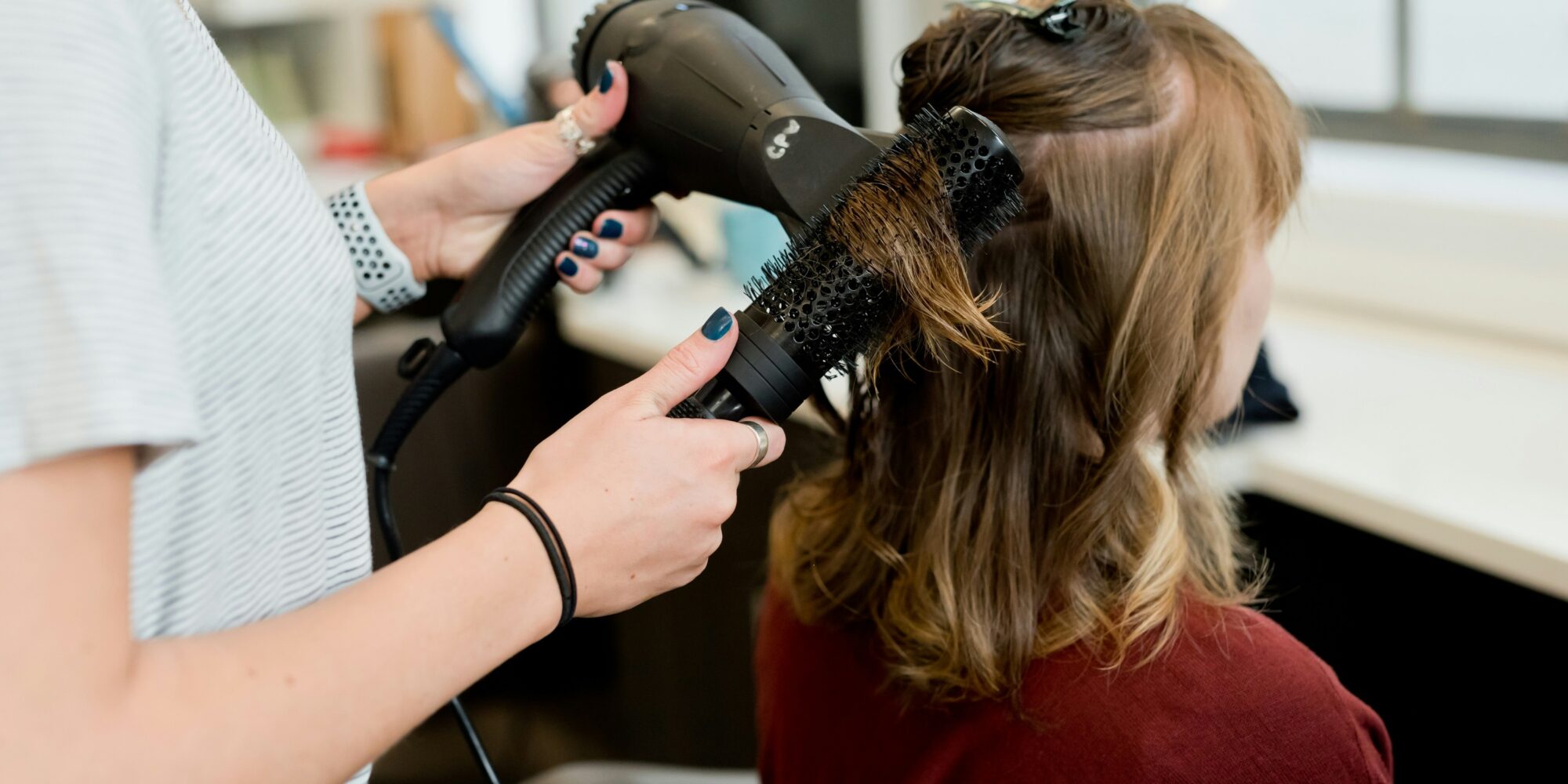
Salons Had A Slow Holiday Season—And It’s The Talk Of TikTok
The holiday season wasn’t very merry for salon industry, and hairstylists and their clients are taking to TikTok to dish on the reasons why.
In a Dec. 21 video on the platform, hairstylist and salon owner Nicole Pidherny explained, “We’re seeing a shift in this intense rush for peak seasons, and we’re shifting into…a slow, consistent burn where we’re going to see less peaks and valleys. Hair is requiring less maintenance than it used to. Stylists are better at their jobs than they were 20 years ago and…there’s so much happening with technology now. So, we aren’t seeing the need for the influx of appointments all at the same time.”
TikTok users quickly pounced on Pidherny’s video, which goes on to argue that the traffic pattern shifts will help salon owners hone their value propositions and generate consistent revenue across seasons. As of Monday, it had been viewed over 700,000 times and generated over 8,000 comments.
Much of the discussion in the comments is centered on rising salon service prices as the reason why salon traffic is dipping. A commenter with the handle CK18556 wrote, “Salon prices are neck and neck with lawyer fees at this point.” Another named Julie Tapscott wrote, “Too expensive and it’s so hard to find a stylist that is worth the price.”
TikTok commenters also suggested they were visiting salons less due to post-pandemic work and lifestyle changes. Court Renee wrote, “Besides price gouging, another large issue is that MANY stylists have shifted their hours to 9-5 M-F, when a lot of us now are back in office.” A content creator with the handle kara.renz stitched Pidherny’s video and said, “Salons are a luxury service that you don’t need but it’s nice to get once in a while. During COVID, I went on Amazon and bought a $10 pair of shears and I’ve been trimming my hair myself ever since.”
Salon professionals have responded to the responses to Pidherny’s explanation of the salon slowdown. On Dec. 27, salon educator Gina Bianca posted a reaction video that’s been viewed over 300,000 times. In it, she informed clients, “Hair stylists don’t charge too much. You’re too broke to afford what you want. There’s always a stylist for every budget. You can go to a beauty school. You can go to Supercuts. But if you want to go to a reputable stylist in a reputable salon who has experience and if the goal that you have is gonna take 4 to 6 hours, it’s gonna cost money.”

Social media chatter about hair salons comes as the salon industry is clawing its way back from the pandemic. According to the market research firm Gitnux, the global salon industry declined by 21.25% in 2020 as non-essential brick-and-mortar stores were forced to shutter for months. The industry had already been on the decline worldwide before the pandemic and has continued to dip by a compound annual rate of roughly 2.4% since 2018. Last year, industry sales decreased by 3.8%. Gitnux predicts that the global salon industry will reach $355.45 billion in 2029, up from $215.65 billion in 2022.
“The salon industry is undergoing changes,” says Rogerio Cavalcante, founder of The Second Floor Salon. “Stylists and colorists are now focusing on providing clients with low maintenance hair options. In the past, individuals getting highlights would visit four times a year, but this frequency has now decreased to two times. There’s a trend of people embracing longer roots with less fuss, contributing to the evolving dynamics in the industry.”
Launched two years ago in New York City, The Second Floor Salon experienced a slowdown in peak holiday traffic last year. Cavalcante discloses that December’s revenue clocked in at 20% to 30% above previous months’ totals. In previous years, when Cavalcante worked in other salons, revenue in December was typically double that of any other month in the year. He believes flexible work arrangements are the primary reason why customers aren’t stacking up their holiday appointments as they did in the past.
“This allows clients to book appointments during the week, even in the middle of the workday,” says Cavalcante. “While this shift isn’t universal, it has led to a more spread-out appointment scheduling.”
Customers’ reliance on at-home beauty treatments haven’t completely subsided since the pandemic ended, potentially contributing to the woes of hair salons. Andrea Harrison, VP of merchandising for beauty and personal care at CVS, told Beauty Independent last year that the drugstore retailer’s sales in boxed hair color hadn’t declined as much recently as it previously thought they would. She said, “What’s interesting is that people have kept some of those DIY habits they picked up during COVID.”
Abby Haliti, founder of Abby Haliti Color Studio in New York City, agrees that post-pandemic lifestyle shifts are shaping the salon industry. Formerly the proprietor of a New Jersey salon that had a full menu of hair, nail and spa services, Haliti sold the business and pivoted to a specialized offering of color and cutting services when she opened Abby Haliti Color Studio in 2022. She theorizes that more salon owners will narrow their menus to focus on high-performing services driving customer loyalty.

“Looking ahead, the focus will be on expertise and a minimal business model that resonates with consumers,” she says. “This is why I have made significant changes, and my studio now exclusively offers services provided by senior experts in hair coloring. By simplifying our services, we foster a more sustainable business model and enhance consumer satisfaction. Retention is pivotal.”
Haliti estimates the cost of running a salon has increased between 10% and 15% since she opened her color studio. Balayage, a hair coloring technique utilized to create natural-looking dimension through highlights and lowlights, is a top-performing service at the studio. It’s priced at $350 for face contouring and $550 for a full head.
Addressing TikTok users’ complaints about rising salon prices, Haliti says, “When the product cost is higher, it requires corresponding adjustments to the salon services. From my observations, spending an extended period in a salon does not necessarily ensure better results. It’s worth noting that while finding experts in a field may be more expensive, it often leads to more sustainable outcomes.”
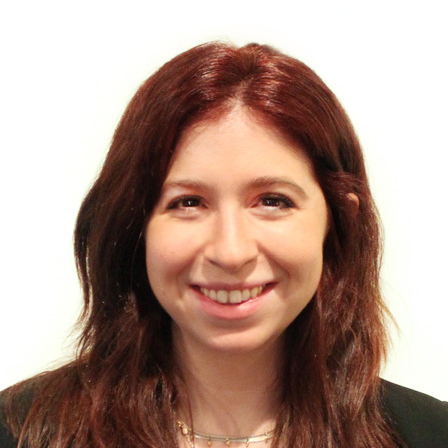
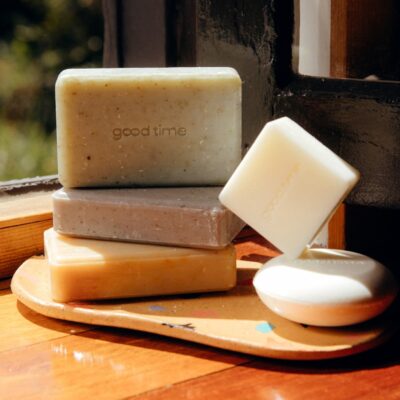

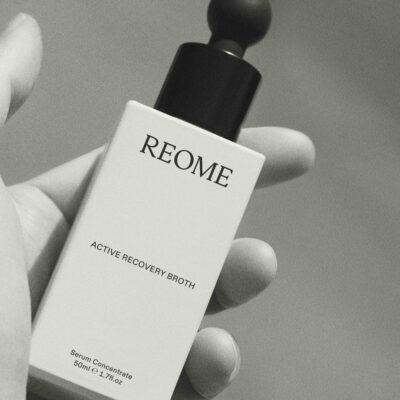
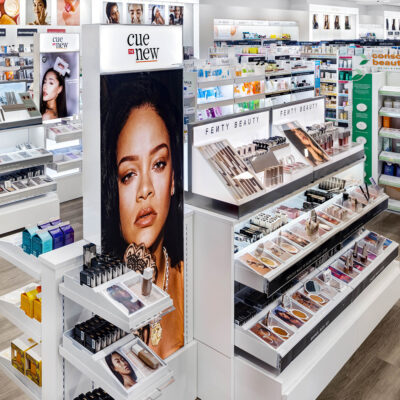
Leave a Reply
You must be logged in to post a comment.